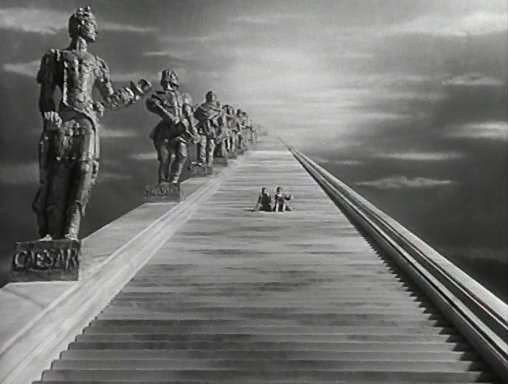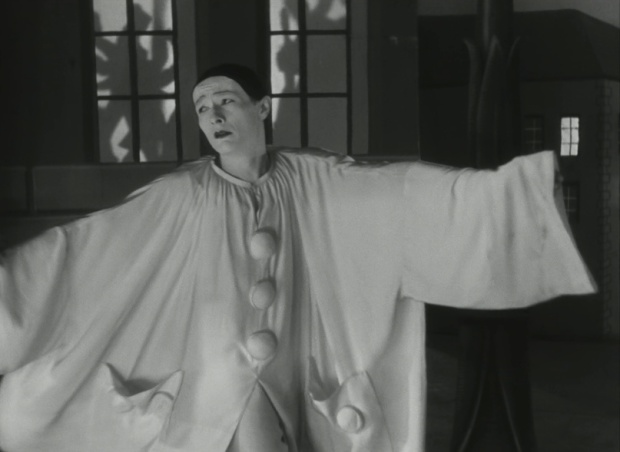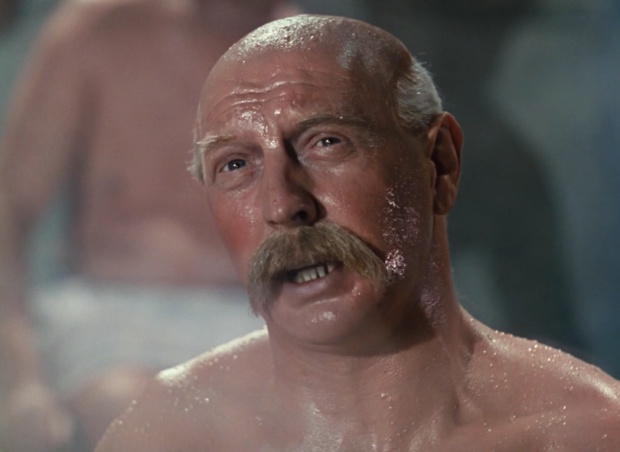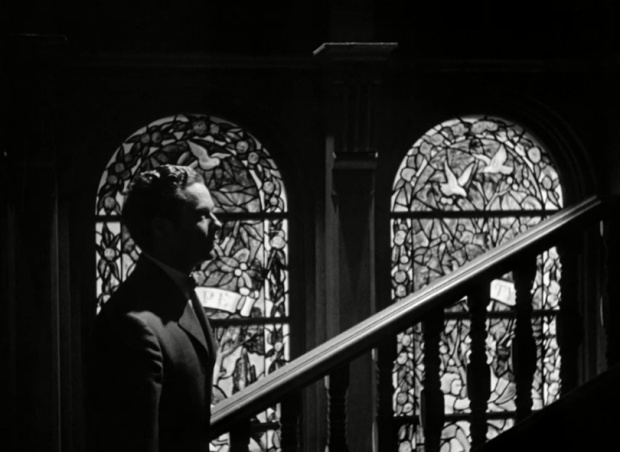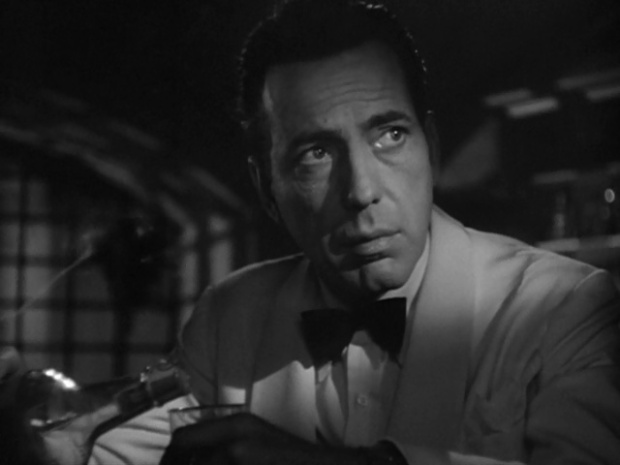
Mirror, mirror, at the ball. Director Max Ophüls brings the elegance in Madame de…, a lavishly staged romance set in European high society.
Max Ophüls kicked off his directorial career in his native Germany, but as so many other Jewish artists, he fled the Nazis in 1933 and eventually made his way to Hollywood at the outset of the 1940s. There he made a number of well-received films, including previous list movie Letter From an Unknown Woman (1948), which drew on a Continental sophistication and moral flexibility that one did not find in the generally more prudish American studio system. But many of Ophüls most admired films were produced after his return to Europe in the 1950s. With Madame de… (aka The Earrings of Madame de…, 1953) Ophüls ups the ante in his depiction of fin de siecle upper-class society, drowning the film in gowns and ornately dressed sets. It also follows the lead of his previous list film in following the progression of an intense, but ultimately doomed affair. But Madame de… trades in a greater subtlety, working within the unwritten — and often unspoken — rules of society and enhancing the dynamics among characters through remarkable camerawork and staging. It is a film as elegant as its aristocratic leads, and as sparkling as the diamond earrings that launch the story. (100 min.) Continue reading



